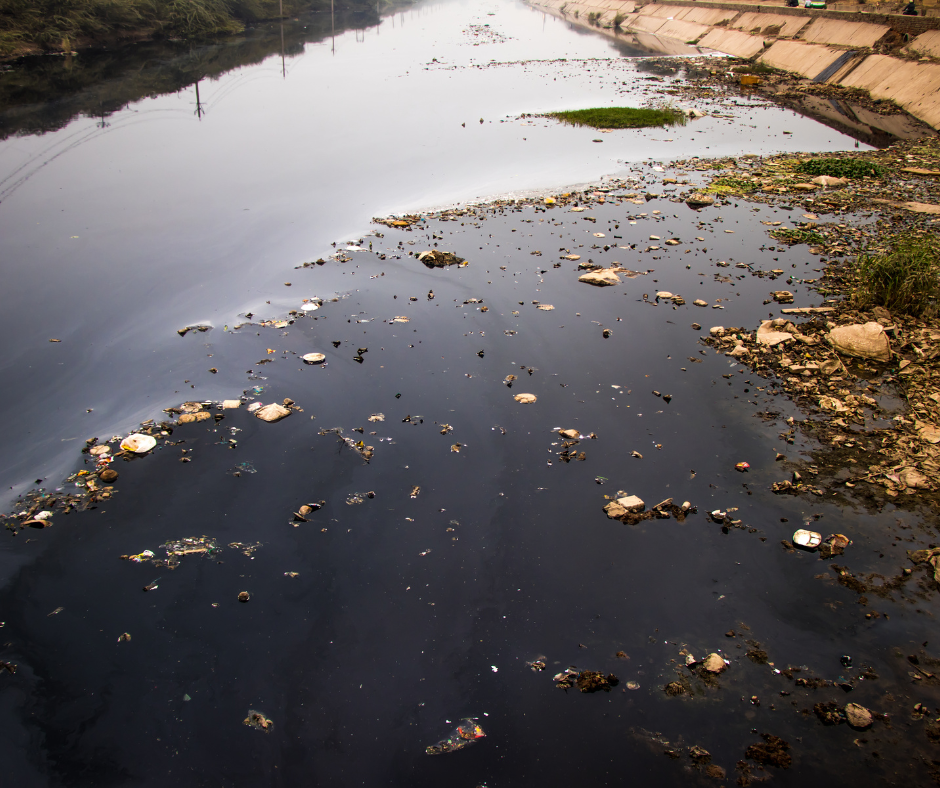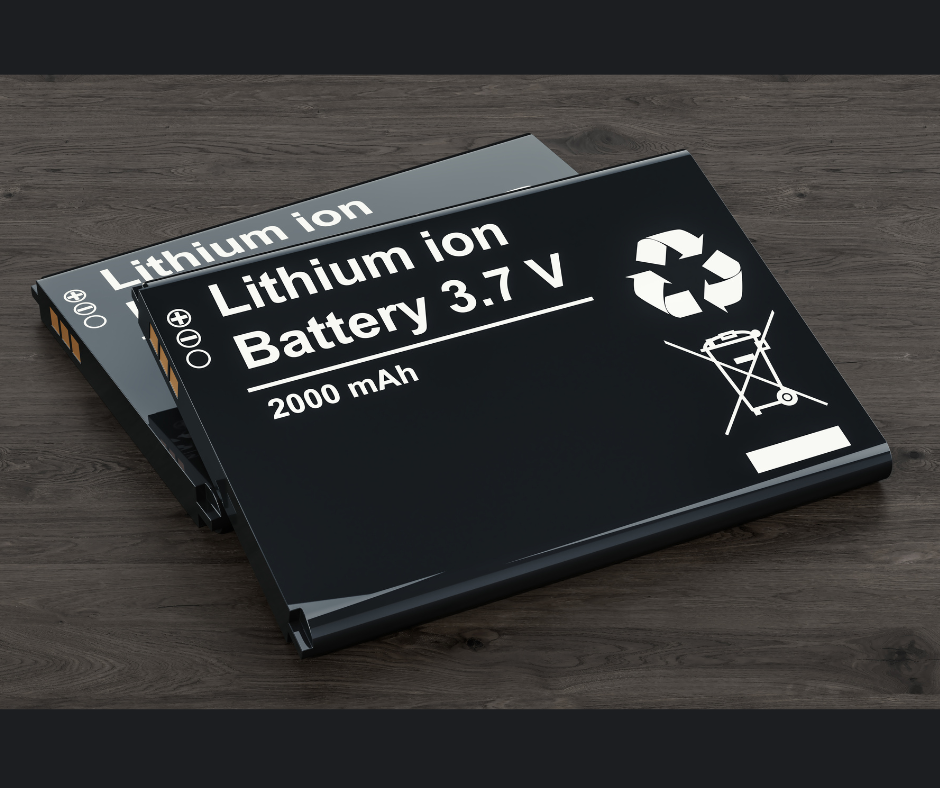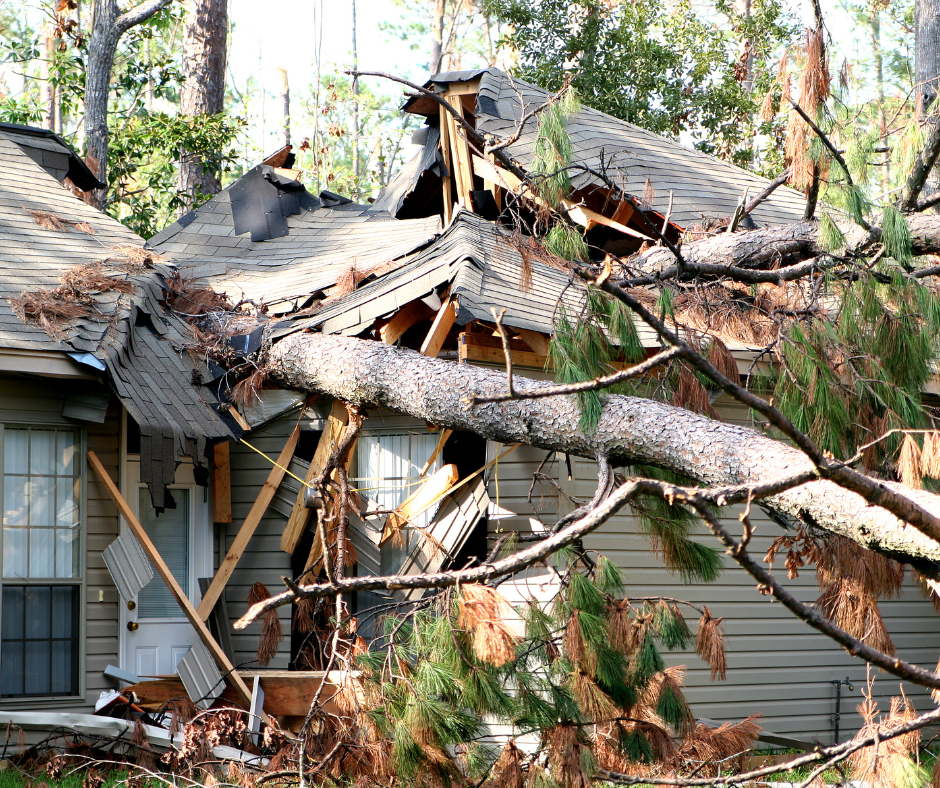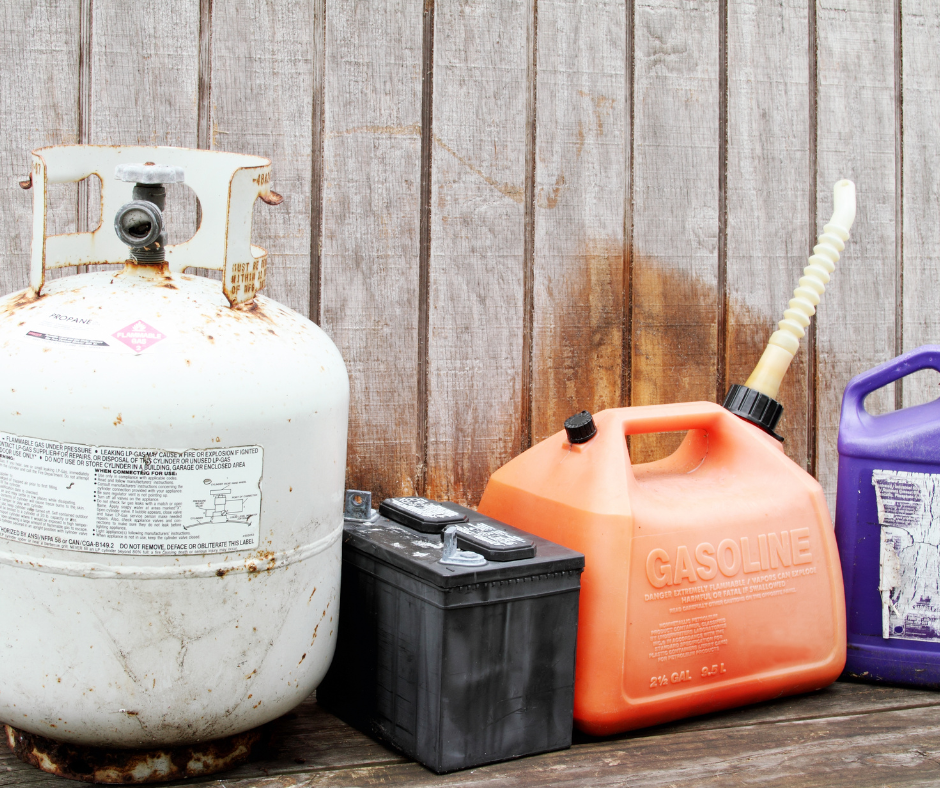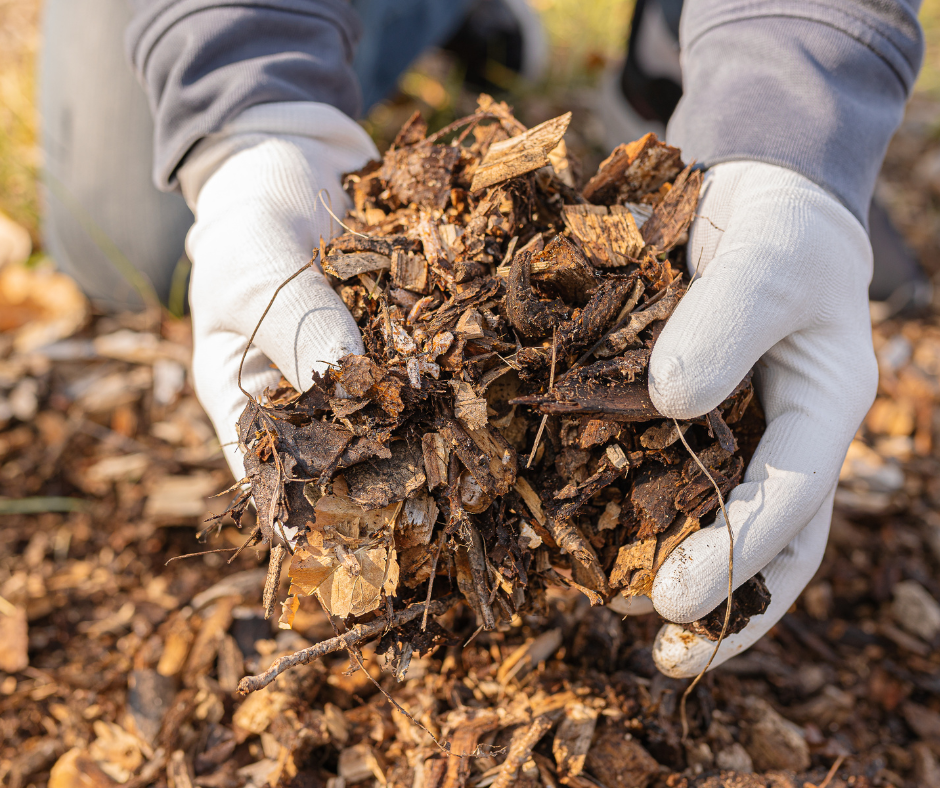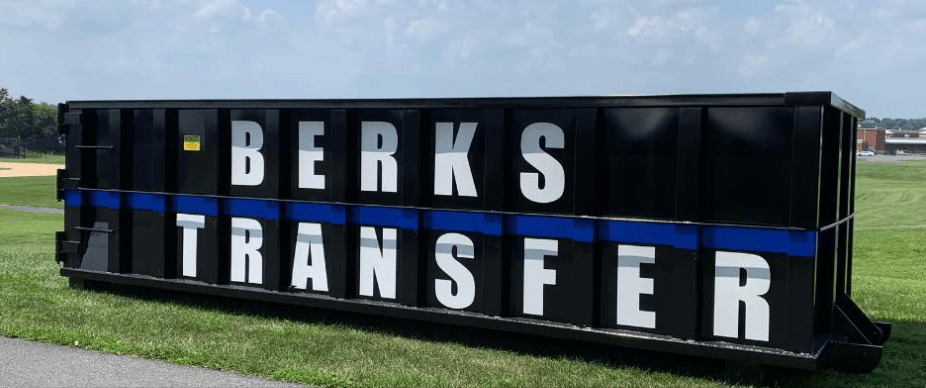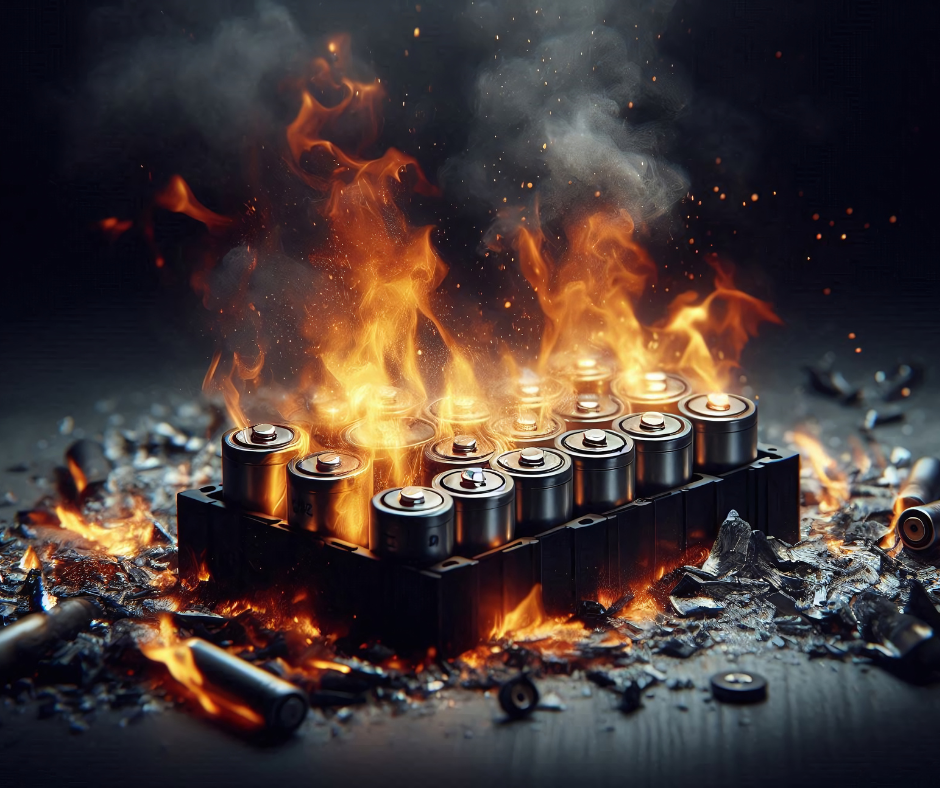Wind energy, like other energy, has its pros and cons. Everything that’s produced to “create” energy, requires energy to “produce” and yet more energy for disposal. Eventually, everything breaks down. For wind turbines, the shelf-life is about 20 years.
Until recently, there’s not been an option for wind power turbine disposal. The material used for the turbines includes fiberglass, cement, metals, resin and more. Most wind turbines, and solar panels, presently wind up in landfills.
The shut-down or disposal for wind-turbines is a process called decommissioning. The Institute for Energy describes it as, “…the removal of all physical material and equipment related to the project to a depth of about 48 inches. Most concrete foundations used to anchor the wind turbines are as deep as 15 feet. The concrete bases are hard to fully remove, and the rotor blades contain glass and carbon filters which give off dust and toxic gases. Researchers estimate the United States will have more than 720,000 tons of blade material to dispose of over the next 20 years; a figure that does not include newer, taller, higher-capacity wind turbines.”

Another mind-blowing figure is the decommissioning cost. Xcel Energy, which supplies power to Minnesota, Colorado and Wisconsin, did a study in 2019. Results show decommissioning of the Noble Wind facility in southwest Minnesota would cost over $71 million dollars (a whopping $532,000 per turbine).
When it comes to an energy solution, Texas is a state desperate for one as well as disposal options. Ice storms in 2021 destroyed a massive amount of turbines. MidAmerican Energy hired Carbon Rivers Recycling to remove damaged turbines for recycling. They come in with excavators and modified with saws to cut the blades, so they fit on regular flatbed trucks. Those trucks then transport to Knoxville, Tennessee, where the turbines are broken down, sorted, and processed for disposal and re-use capabilities. It’s a lot of work per turbine.
The ultimate goal would be to localize efforts to educate municipalities, corporations and land owners on the decommissioning process and disposal costs, since the useful-life of the turbines is so short.
Here in Pennsylvania, we have twenty-seven wind farms in operation. According to the Department of Environmental Protection, they provide power to nearly 350,000 homes. Although the Department has a voluntary agreement with Pennsylvania Game Commission to protect wildlife resources, there’s not much detail as to disposal efforts and requirements. Decommissioning is addressed by the Department’s document titled: “Model Ordinance for Wind Energy Facilities in Pennsylvania.”
